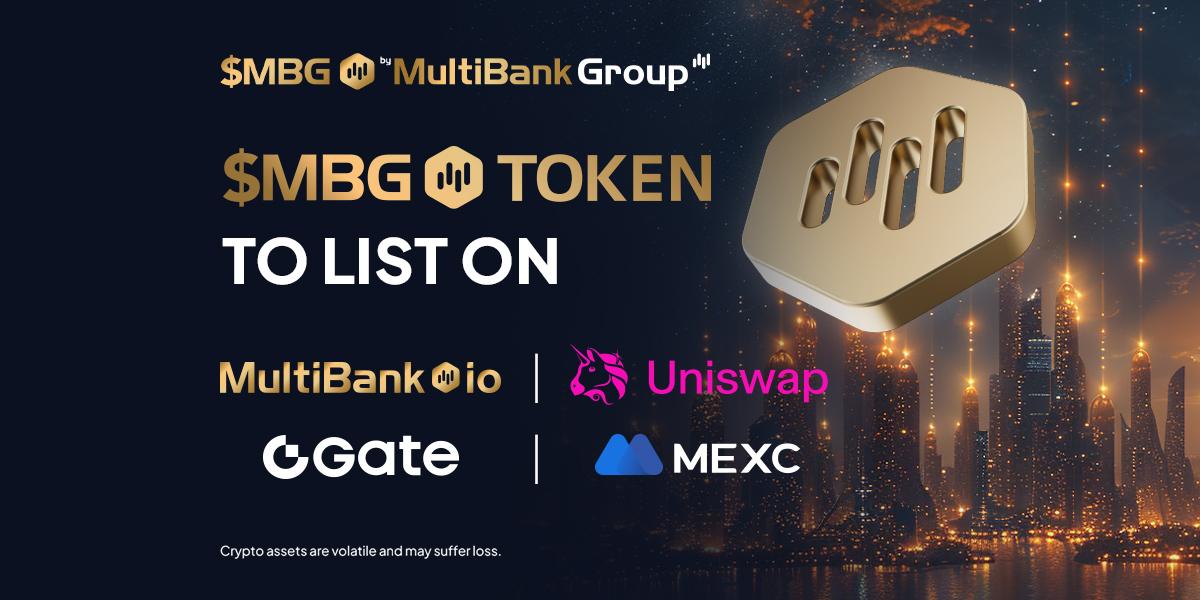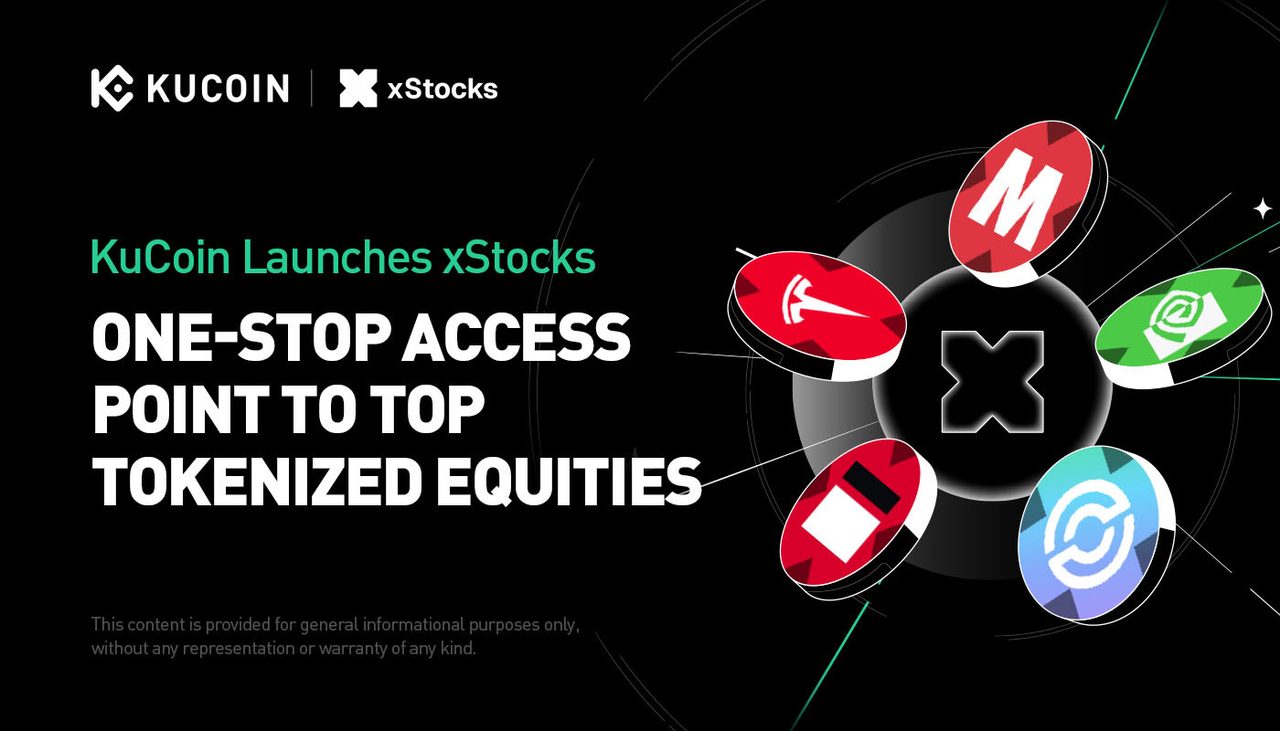A portfolio is a collection of cryptocurrencies or crypto assets owned by an investment company, hedge fund, financial institution, or an individual.
In the world of blockchain and cryptocurrencies, a portfolio refers to a grouping of various digital assets that an individual or organization holds. These digital assets can include cryptocurrencies like Bitcoin, Ethereum, or Litecoin, as well as other types of digital tokens or coins. The purpose of creating a portfolio is to diversify one’s investments and potentially increase their returns.
When it comes to investing in cryptocurrencies, it is important to have a well-diversified portfolio. This means holding a mix of different cryptocurrencies to spread the risk and potentially maximize profits. By spreading your investments across multiple cryptocurrencies, you reduce the impact of any potential losses from a single asset and increase the chances of benefiting from the overall growth of the crypto market.
There are several reasons why individuals and organizations create portfolios in the crypto space:
What is Hedging Risk?
One of the main reasons to create a portfolio is to hedge against the volatility and risk associated with cryptocurrencies. The crypto market is known for its price fluctuations, and holding a diversified portfolio helps to mitigate the risk of any single asset’s price crashing. By spreading investments across various cryptocurrencies, if one asset’s price drops significantly, the overall impact on the portfolio may be reduced.
What is Maximizing Returns?
A well-diversified portfolio allows investors to potentially maximize their returns. Different cryptocurrencies have different growth rates, and by investing in a variety of assets, you increase the chances of benefiting from those that perform well over time. For example, if one cryptocurrency experiences a surge in value, it can compensate for any potential losses or slower growth in other assets within the portfolio.
What is exposure to Different Blockchain Projects?
Investing in a portfolio also provides exposure to different blockchain projects and technologies. Blockchain is a rapidly evolving industry, and by investing in a range of cryptocurrencies, you gain insight into various projects, their teams, and their underlying technologies. This exposure can be valuable in understanding the potential of different blockchain use cases and identifying promising investment opportunities.
What is Portfolio Construction?
Constructing a portfolio requires careful consideration of various factors, including risk tolerance, investment goals, and market conditions. A well-constructed portfolio typically consists of a mix of different cryptocurrencies with varying levels of risk and potential return. It is important to research and analyze each cryptocurrency before including it in the portfolio.
When constructing a portfolio, you may consider the following:
What is market capitalization?
Market capitalization is a measure of a cryptocurrency’s value. It is calculated by multiplying the price of a single coin or token by the total number of coins or tokens in circulation. When constructing a portfolio, you may want to include cryptocurrencies with a high market capitalization, as they are generally more stable and have a larger user base. However, it is also important to consider smaller, emerging projects that may have higher growth potential.
What is the Risk-Reward Ratio?
Assessing the risk-reward ratio is crucial when constructing a portfolio. Higher-risk cryptocurrencies may offer the potential for higher returns, but they also come with a higher chance of significant losses. It is important to strike a balance between high-risk and low-risk assets to ensure a well-diversified portfolio.
What is Asset Correlation?
Understanding the correlation between different cryptocurrencies is essential for portfolio construction. Correlation measures how closely the price movements of two or more assets are related. Including cryptocurrencies with low correlation can help reduce the risk of losses during market downturns, as their price movements may not be closely aligned.
What is the Allocation Strategy?
Deciding how to allocate your investments across different cryptocurrencies is a crucial part of portfolio construction. There are various allocation strategies, including equal weighting, where an equal percentage is allocated to each asset, or market cap weighting, where the allocation is based on the market capitalization of each cryptocurrency. The allocation strategy should align with your investment goals and risk tolerance.
What is an example of a Crypto Portfolio?
Let’s consider an example of a crypto portfolio:
- Bitcoin (BTC) – 40% allocation
- Ethereum (ETH) – 30% allocation
- Litecoin (LTC) – 15% allocation
- Ripple (XRP) – 10% allocation
- Stellar (XLM) – 5% allocation
In this example, the portfolio is heavily weighted towards Bitcoin, which is the largest and most well-known cryptocurrency. Ethereum and Litecoin make up a significant portion of the portfolio as well, while Ripple and Stellar have smaller allocations. This allocation strategy reflects a mix of high-market-cap and lower-market-cap cryptocurrencies.
It’s important to note that portfolio allocation should be based on careful research, market analysis, and personal investment goals. Each individual’s or organization’s portfolio will vary depending on their risk tolerance, investment timeframe, and specific preferences.
What is the conclusion?
In summary, a portfolio in the context of blockchain and cryptocurrencies refers to a collection of various digital assets. Creating a well-diversified portfolio helps to hedge against risk, maximize returns, and gain exposure to different blockchain projects. Constructing a portfolio involves careful consideration of factors such as market capitalization, risk-reward ratio, asset correlation, and allocation strategy. Remember to always conduct thorough research and seek professional advice when constructing and managing your crypto portfolio.















